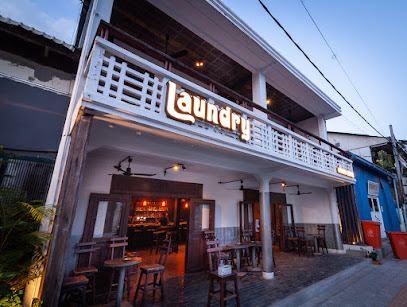
Bayon Temple: The Enigmatic Faces of Angkor Thom
Discover the serene faces and intricate carvings of Bayon Temple, a jewel of Khmer architecture in the heart of Angkor Thom.
Located in the heart of Angkor Thom, Cambodia, Bayon Temple is renowned for its massive stone faces that adorn its many towers. Built in the late 12th or early 13th century by King Jayavarman VII, it stands as a captivating testament to Khmer architecture and Buddhist symbolism.
A brief summary to Bayon Temple
- Krong Siem Reap, KH
- +85563765577
- Visit website
Local tips
- Visit early in the morning or late in the afternoon to avoid crowds and experience the soft golden light illuminating the faces of Bayon.
- Purchase an Angkor Pass in advance to save time and ensure entry to the temple.
- Dress modestly, covering shoulders and knees, as Bayon Temple is a sacred site.
- Explore the intricate bas-reliefs on the outer walls to gain insights into Khmer history and culture.
- Hire a local guide to learn more about the history, symbolism, and hidden stories of Bayon Temple.
Getting There
-
Tuk-tuk
From Siem Reap town, a tuk-tuk is a convenient way to reach Bayon Temple. Negotiate a round-trip fare, typically between $15 and $20 USD, including stops at other temples within Angkor Thom. The journey to Angkor Thom's South Gate takes approximately 20-30 minutes, and from there, it's a short ride to Bayon Temple. Ensure the driver knows you want to visit Bayon Temple specifically.
-
Taxi
A taxi from Siem Reap offers a more comfortable, albeit pricier, option. Expect to pay around $25-$35 USD for a round trip to Bayon Temple and other nearby temples. The journey is similar to the tuk-tuk route, entering Angkor Thom through the South Gate and proceeding to Bayon. Taxis offer air conditioning, which can be a welcome relief during the hot season.
-
Bicycle
For an adventurous and eco-friendly approach, rent a bicycle in Siem Reap for approximately $1-$3 USD per day. The ride to Bayon Temple is about 7 km and takes 20-30 minutes. Follow the main road towards Angkor Wat, then continue north into Angkor Thom through the South Gate. Be prepared for heat and sun, and remember to purchase an Angkor Pass before entering the temple complex.
Discover more about Bayon Temple
Iconic landmarks you can’t miss
Tonle Om Gate (Southern Gate)
1.5 km
Discover the majestic Tonle Om Gate, a breathtaking gateway to the ancient city of Angkor Thom and a symbol of the Khmer Empire's grandeur.
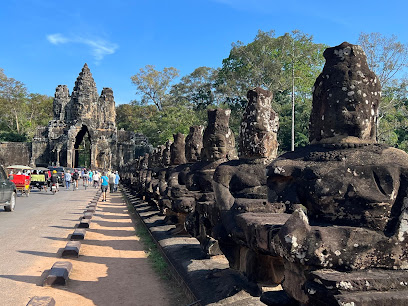
Thommanon
2.1 km
Discover Thommanon Temple: A perfectly preserved 12th-century Hindu gem showcasing intricate Khmer carvings near Angkor Thom's Victory Gate.
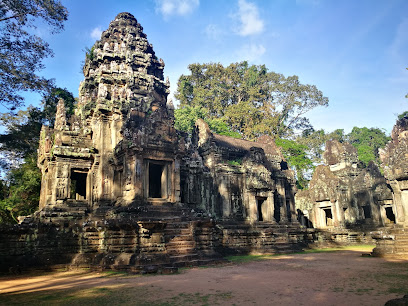
Prasat Chrung Southeast
2.1 km
Discover Prasat Chrung Southeast, a serene and historically rich temple offering panoramic views within the ancient city of Angkor Thom.
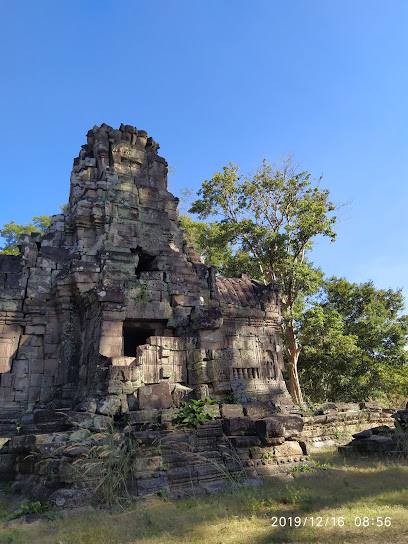
Prohm Kel Temple
2.8 km
Discover the quiet charm of Ta Prohm Kel, a 12th-century hospital chapel in the heart of Angkor Archaeological Park.
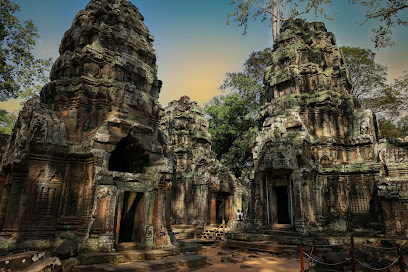
Rainbow Bridge
3.2 km
A vibrant and picturesque bridge in Siem Reap, perfect for serene walks and stunning photos amidst Cambodia's cultural heartland.
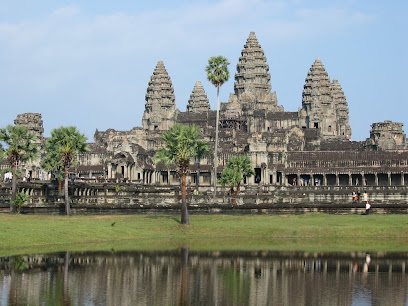
Northern Library
3.2 km
Discover the Northern Library in Siem Reap: A heritage building showcasing Cambodia's rich history and architectural wonders.
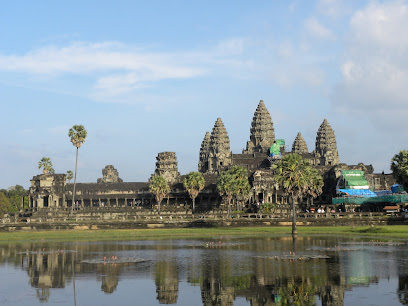
Battle of Lanka Gallery
3.2 km
Discover Khmer history through art at Siem Reap's Battle of Lanka Gallery, showcasing the epic Ramayana tale in a serene setting.
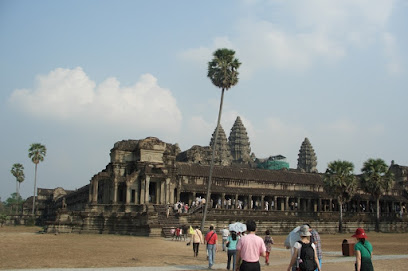
Terrace of Honor
3.3 km
Explore the Terrace of Honor in Siem Reap, a majestic Khmer landmark with intricate carvings and stunning views of Angkor Thom's ancient grandeur.
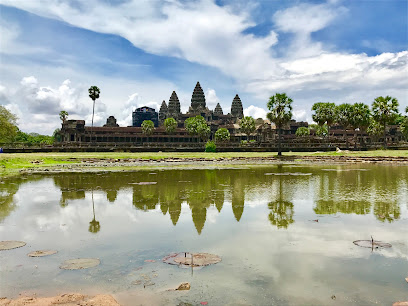
Chey Non Stupa
3.3 km
Discover the poignant story of the Chey Non Stupa, a unique historical landmark within the majestic Angkor Wat complex.
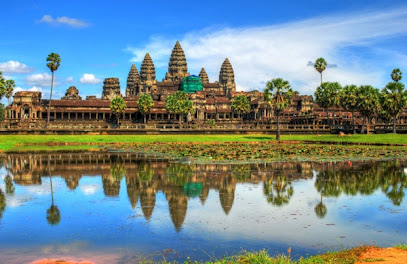
The Goddess Prajnaparamita
3.4 km
Discover the ancient beauty and spiritual significance of The Goddess Prajnaparamita, an archaeological gem in Siem Reap, Cambodia.
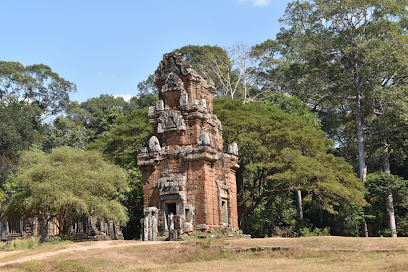
Banteay Thom Temple
3.9 km
Discover Banteay Thom, a hidden gem of the Angkor era, offering tranquility and a unique glimpse into Khmer history and artistry away from the crowds.
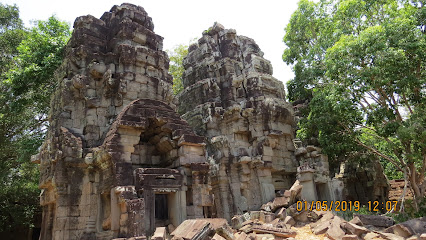
Krol Ko
5.0 km
Discover Krol Ko, a serene 12th-century Buddhist temple in Angkor Archaeological Park with unique carvings and a peaceful atmosphere.
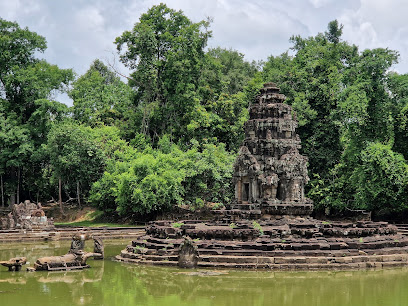
temple remains
5.1 km
Unearth Cambodia's hidden history at the temple remains of Krong Siem Reap, where ancient stones whisper tales of the Khmer Empire's artistry.
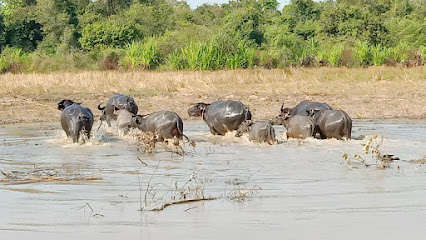
Wat Thmei
6.5 km
A poignant memorial site in Siem Reap, Wat Thmei serves as a reminder of the Khmer Rouge regime and honors its victims.
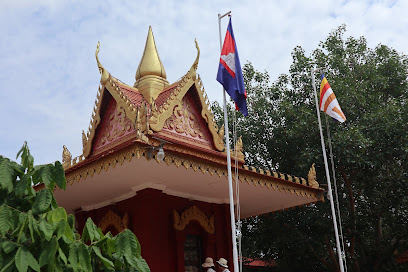
Eastern Mebon
6.6 km
Explore the ancient Khmer artistry of Eastern Mebon, a 10th-century temple dedicated to Shiva, featuring intricate carvings and majestic stone elephants.
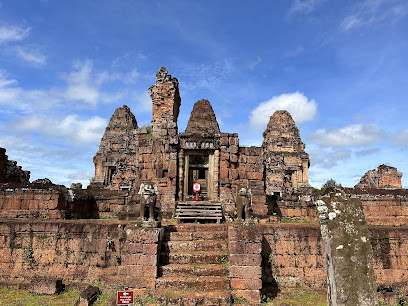
Unmissable attractions to see
Wat Preah Ngok
0.2 km
Discover tranquility at Wat Preah Ngok, a serene Buddhist temple in Angkor Thom with a unique Buddha statue and peaceful atmosphere.
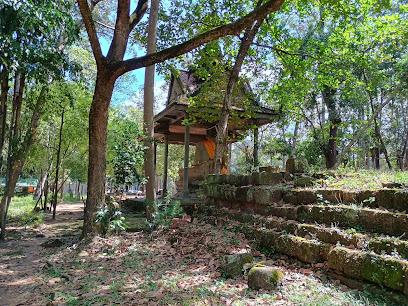
Jean Comaille funeral monument
0.2 km
Explore the Jean Comaille Funeral Monument in Krong Siem Reap, a tribute to Cambodia's rich history and cultural heritage.
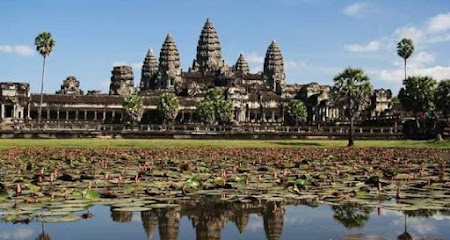
Baphuon
0.4 km
Explore Baphuon Temple, a stunning 11th-century Hindu temple in Angkor Archaeological Park, showcasing intricate carvings and breathtaking views.
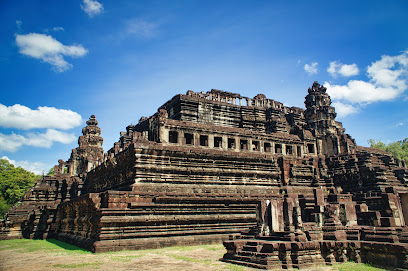
Suor Prat Tower
0.4 km
Discover the Suor Prat Tower, a historic gem in Siem Reap, showcasing Khmer architectural brilliance and rich cultural heritage.
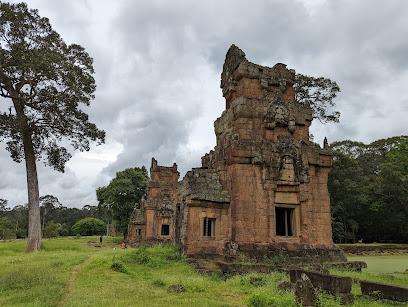
Terrace of the Elephants
0.5 km
Explore the stunning Terrace of the Elephants, a historical landmark in Siem Reap showcasing exquisite Khmer artistry and rich cultural heritage.
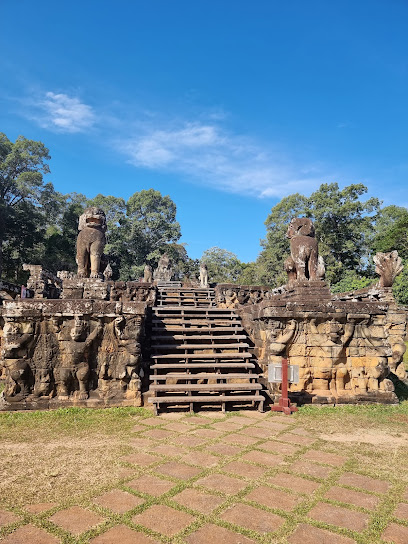
Phimeanakas Temple
0.6 km
Discover the historical marvel of Phimeanakas Temple, a royal site steeped in the legacy of the Khmer Empire amid the breathtaking Angkor complex.
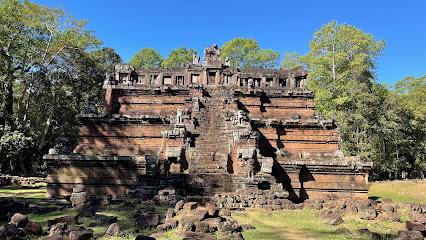
Phimeanakas
0.6 km
Explore Phimeanakas, an ancient temple in Angkor, and uncover the rich history and architectural beauty of the Khmer Empire.
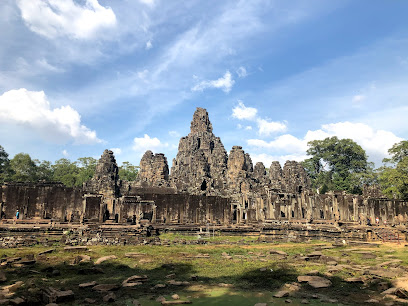
Prasat Khleang Khang Cheung (Prasat North Khleang)
0.7 km
Explore the architectural wonder of Prasat Khleang Khang Cheung, a historic temple complex reflecting the grandeur of the Khmer Empire in Angkor.
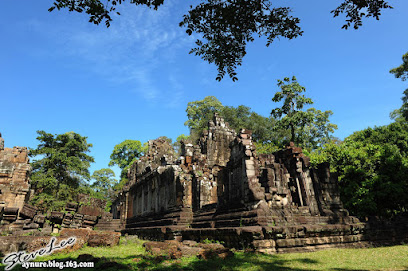
Preah Ponlea Sdach Komlong (Terrace Of The Leper King)
0.7 km
Immerse yourself in the rich history of Cambodia at the Terrace of the Leper King, a captivating landmark showcasing ancient Khmer artistry and culture.

Tep Pranam
0.8 km
Discover Tep Pranam, an enchanting historical site in Angkor, rich in Khmer heritage and architectural beauty, perfect for cultural exploration.
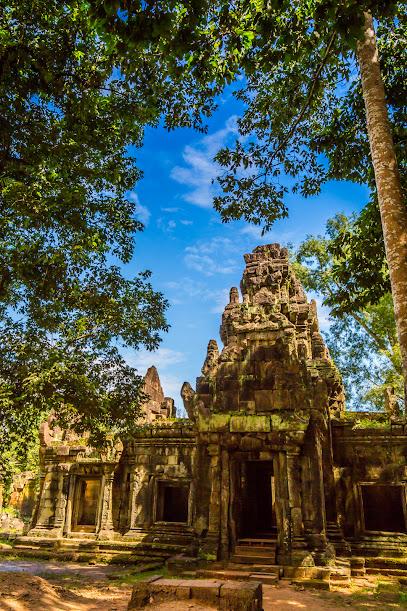
Prasat Preah Pithu Group
0.8 km
Discover the quiet beauty of Prasat Preah Pithu, a collection of ancient temples offering a peaceful escape within Angkor Thom.
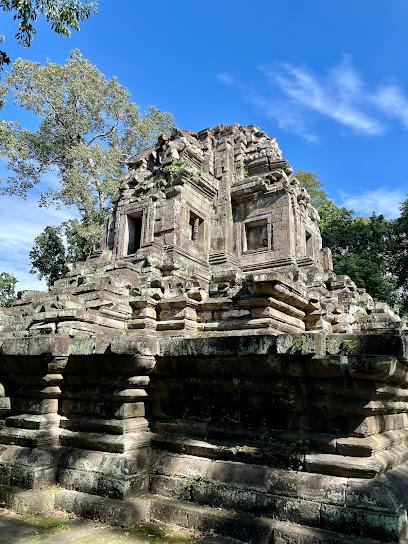
Prasat Preah Palilay
0.9 km
Explore the enchanting Prasat Preah Palilay in Angkor, a historical gem showcasing the grandeur of Cambodia's Khmer Empire.
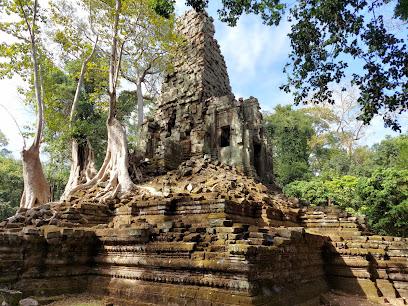
Mangalartha
1.0 km
Discover Mangalartha, a historical gem in Angkor, showcasing the grandeur of Khmer architecture and the stories of an ancient civilization.
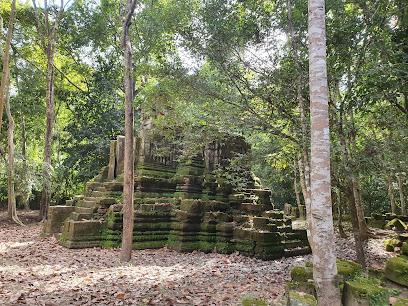
Khmoch Gate (Gate of the Dead)
1.5 km
Explore the Khmoch Gate, a historical gem in Krong Siem Reap that unveils the rich heritage of Cambodia through its magnificent architecture.
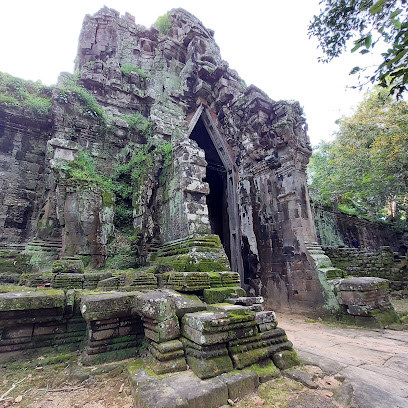
Victory Gate
1.6 km
Discover the enchanting Victory Gate in Angkor, a historical marvel showcasing ancient Khmer architecture and rich cultural heritage.
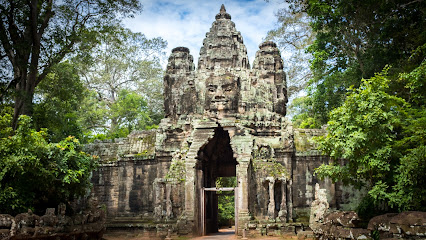
Essential places to dine
Triple K Angkor Restaurant
4.2 km
Experience authentic Cambodian cuisine at Triple K Angkor Restaurant in Siem Reap - where every dish tells a story.
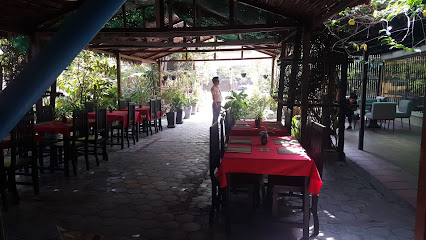
Chita’s cafe
4.9 km
Discover authentic Cambodian flavors and local crafts at Chita’s Cafe in Village 17255 – where every dish tells a story.
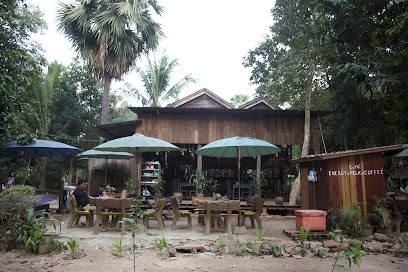
Khmer Family Restaurant
5.0 km
Experience authentic Cambodian flavors at Khmer Family Restaurant in Siem Reap—perfect for families and food enthusiasts.
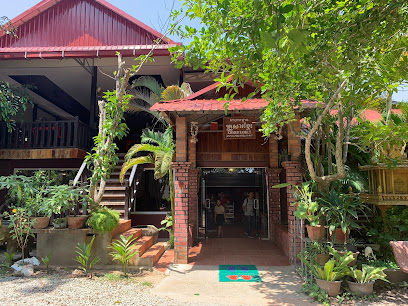
Khmer Village Restaurant
5.1 km
Experience authentic Cambodian cuisine at Khmer Village Restaurant in Siem Reap, where traditional flavors meet warm hospitality.
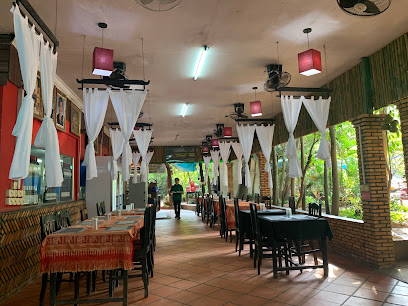
Ktom Sre Khmer Food - អាហារដ្ឋាន ខ្ទមស្រែ ស្រះស្រង់ខាងត្បូង
5.2 km
Discover the flavors of Cambodia at Ktom Sre - an organic family-friendly restaurant offering authentic Khmer dishes.
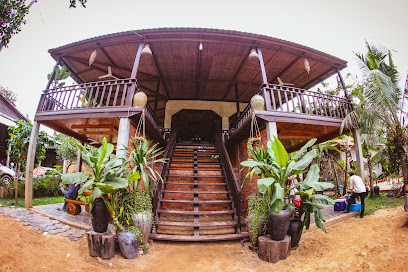
Ptes Borann Restaurant
5.3 km
Experience genuine Cambodian cuisine at Ptes Borann Restaurant in Srah Srang - where flavor meets tradition.
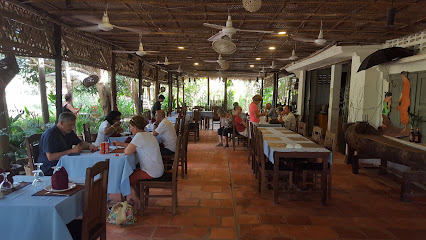
New Hope Restaurant
6.9 km
Discover New Hope Restaurant: Where Authentic Cambodian Cuisine Meets Community Empowerment in Siem Reap.
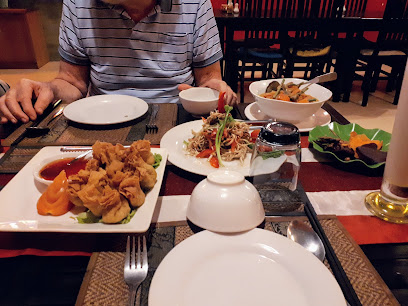
Buffet Phum Yerng
7.3 km
Experience the vibrant flavors of Cambodia at Buffet Phum Yerng, where family-friendly dining meets culinary delight in Krong Siem Reap.
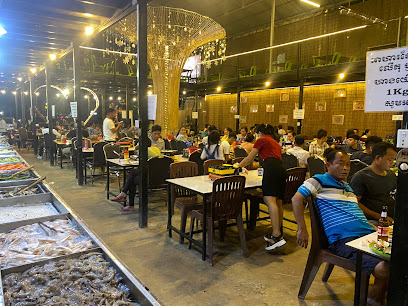
Mouhot's Dream
7.4 km
Discover the essence of French cuisine at Mouhot's Dream in Siem Reap – where elegance meets flavor in every delightful dish.
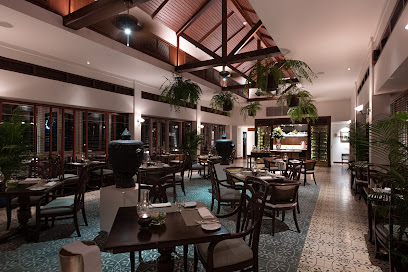
Mahob Cuisine
7.6 km
Experience the rich flavors of Cambodia at Mahob Cuisine – where tradition meets taste in an inviting atmosphere.
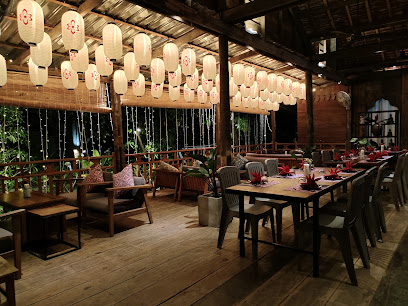
Changkran Khmer Restaurant
7.8 km
Experience authentic Cambodian cuisine at Changkran Khmer Restaurant - where tradition meets fine dining in an inviting atmosphere.
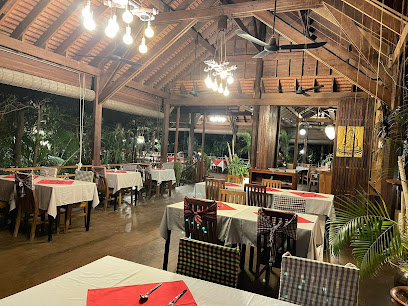
Sisters Yam
7.8 km
Experience exquisite seafood dining at Sisters Yam in Siem Reap - where fresh flavors meet Cambodian culinary traditions.
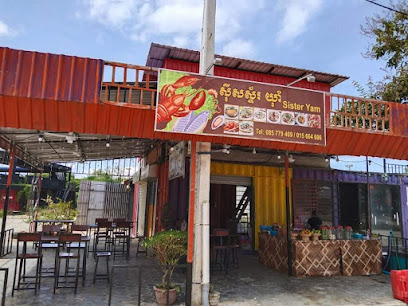
Butterfly Pea Restaurant
8.1 km
Experience the authentic taste of Cambodia at Butterfly Pea Restaurant in Siem Reap, where tradition meets flavor in every dish.
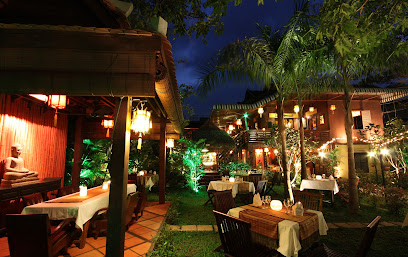
Pho Yong Restaurant
8.2 km
Discover authentic Vietnamese flavors at Pho Yong Restaurant in Krong Siem Reap - a culinary gem offering delightful Southeast Asian cuisine.
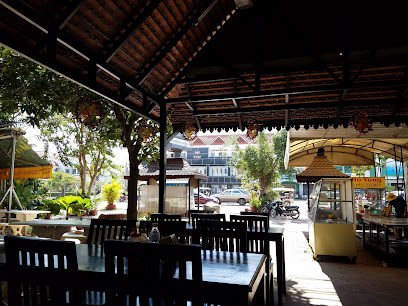
Nary Restaurant
8.2 km
Experience authentic Cambodian cuisine at Nary Restaurant in Krong Siem Reap - where every dish tells a story.
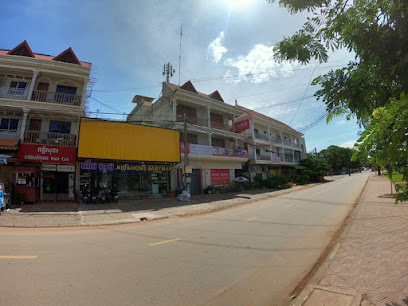
Markets, malls and hidden boutiques
Angkor Pavis Souvenir & Mart 2
3.4 km
Discover unique Cambodian gifts and souvenirs at Angkor Pavis Souvenir & Mart 2, a treasure trove in Siem Reap showcasing local craftsmanship.
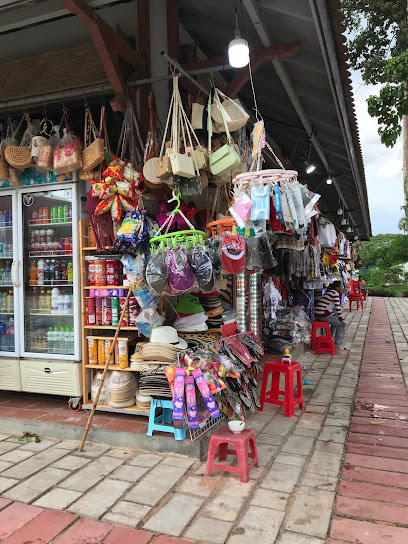
Jayav Art
6.9 km
Uncover the essence of Cambodia at Jayav Art, your go-to souvenir store for unique handmade crafts and cultural treasures in Siem Reap.
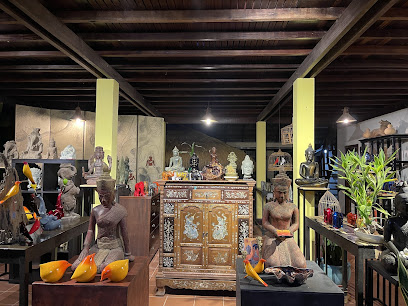
The Cocoon House Art Gallery, Concept Store, Skateshop and Vintage - by Cocoon Limited
6.9 km
Experience the creative fusion of art, fashion, and skate culture at The Cocoon House, a unique destination in Krong Siem Reap.
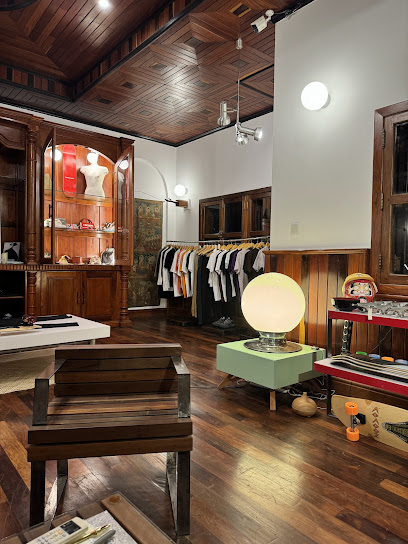
Sam Orn silver handicraft souvenir shop
7.5 km
Explore the craftsmanship of Cambodia at Sam Orn Silver Handicraft Souvenir Shop, where exquisite silver treasures await every traveler.
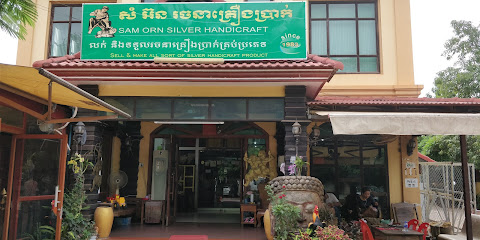
Angkor Wat Boutique
7.8 km
Explore Angkor Wat Boutique for authentic Cambodian souvenirs and crafts, capturing the essence of Cambodia's rich culture and artistry.
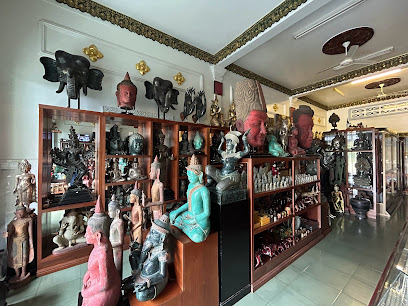
Chum Theany Angkor Souvenir Shop
8.0 km
Discover authentic Cambodian handicrafts and unique souvenirs at Chum Theany Angkor Souvenir Shop in Siem Reap, a treasure for every traveler.

Khmer Empire
8.0 km
Explore exquisite jewelry inspired by the rich cultural heritage of the Khmer Empire in Siem Reap, Cambodia.
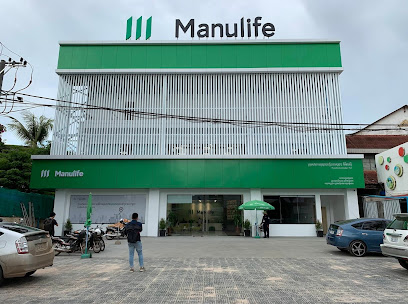
Cambodian cottage industries
8.1 km
Explore the rich craftsmanship of Cambodia at Cambodian Cottage Industries, your destination for unique gifts and authentic handicrafts.

Cartier Siem Reap
8.2 km
Experience luxury shopping at Cartier Siem Reap, home to exquisite jewelry, fashion accessories, and fine perfumes in the heart of Cambodia.

Coconut Street store
8.4 km
Explore the vibrant Coconut Street Store in Siem Reap for unique handicrafts and local delicacies that celebrate Cambodian culture.
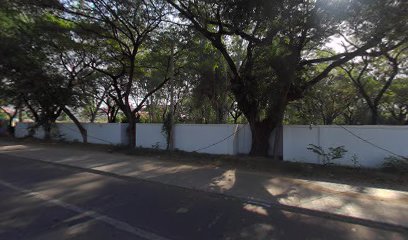
SaStrey
8.7 km
Explore SaStrey in Siem Reap for authentic Cambodian souvenirs and support local artisans with every purchase.

Vin Vin Shop2
8.7 km
Discover unique clothing that blends traditional Cambodian culture with modern fashion at Vin Vin Shop2 in Krong Siem Reap.
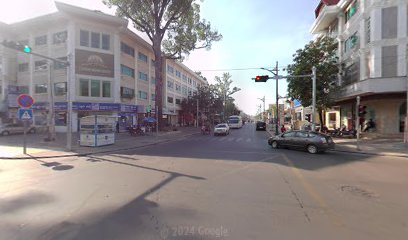
Level Store
8.7 km
Discover the best of Cambodian fashion at Level Store in Siem Reap, where tradition meets modern style in an unforgettable shopping experience.

MINISO The Heritage Walk
8.7 km
Explore trendy fashion accessories and unique finds at MINISO The Heritage Walk in Krong Siem Reap, where style meets affordability.

Flower Shop
8.7 km
Explore the serene Flower Shop in Krong Siem Reap for stunning blooms and unique Buddhist supplies, blending beauty and culture in one delightful stop.
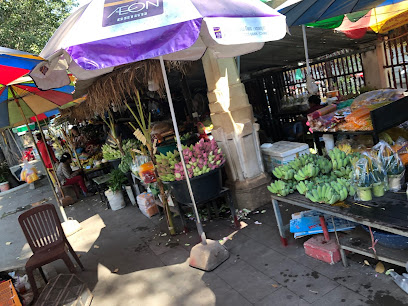
Essential bars & hidden hideouts
Elephant Bar
8.6 km
Indulge in handcrafted cocktails and a vibrant atmosphere at Elephant Bar, the ultimate cocktail destination in Siem Reap.
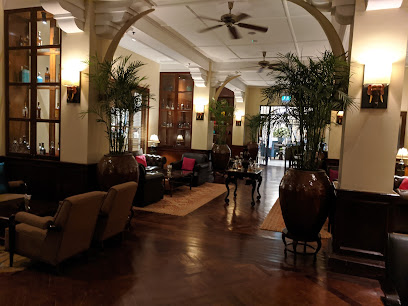
Akas Rooftop Sky Bar by The Twizt
9.2 km
Experience breathtaking views, exquisite cocktails, and a vibrant atmosphere at Akas Rooftop Sky Bar in Krong Siem Reap.
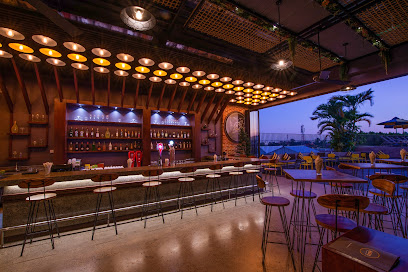
TREE bar
9.4 km
Experience the vibrant nightlife at TREE Bar in Krong Siem Reap, where eclectic drinks and lively ambiance create unforgettable memories.
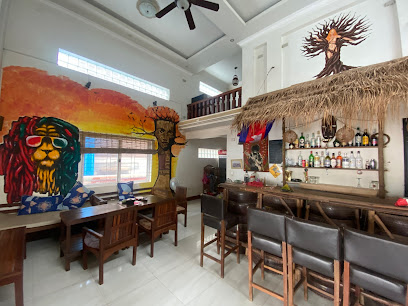
JD's Siem reap
9.4 km
Experience the vibrant nightlife at JD's Siem Reap, the ultimate bar for cocktails and local culture in the heart of Cambodia.
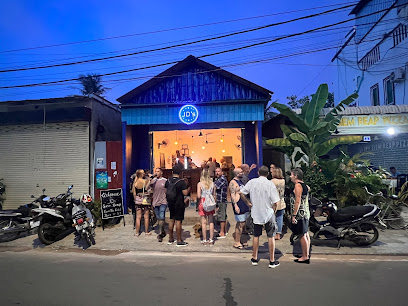
Barcode Bar Siem Reap
9.5 km
Unwind with a cocktail at Barcode Bar Siem Reap, where vibrant nightlife meets exceptional service in a lively atmosphere.
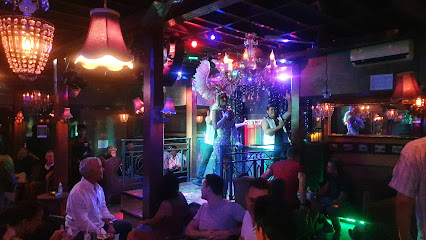
Homie Pub Siem Reap
9.5 km
Discover the lively atmosphere and refreshing drinks at Homie Pub, a favorite spot for travelers in Siem Reap's vibrant nightlife scene.
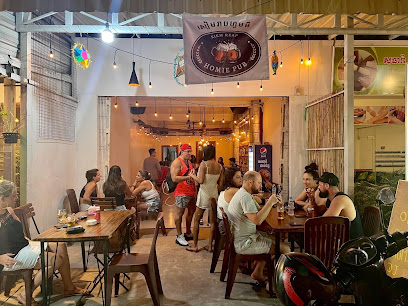
Long's Bar
9.5 km
Discover the vibrant atmosphere and unique cocktails at Long's Bar, a must-visit destination in Siem Reap for travelers and locals alike.
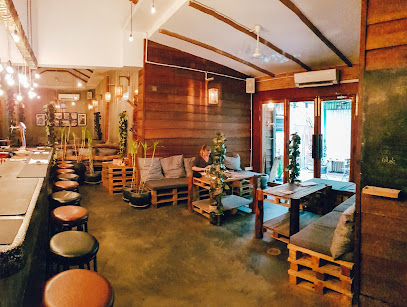
Silk Garden Bar and Restaurant
9.6 km
Indulge in scrumptious grilled dishes in a cozy setting at Silk Garden Bar and Restaurant, a true gem in Krong Siem Reap.
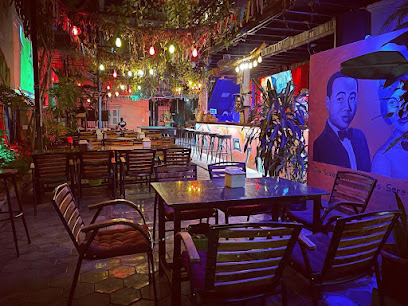
Cozy Bar
9.6 km
Discover the vibrant energy of Cozy Bar in Siem Reap, where affordable drinks and a friendly atmosphere await every traveler.
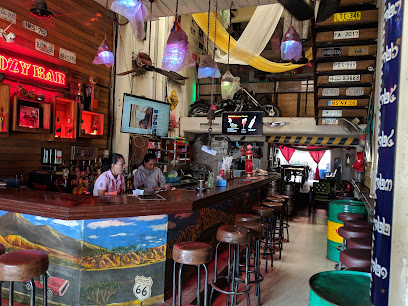
ASANA OLD WOODEN HOUSE Cocktail Bar
9.6 km
Experience the perfect blend of Asian flavors and crafted cocktails at ASANA OLD WOODEN HOUSE, a cozy bar in the heart of Siem Reap.
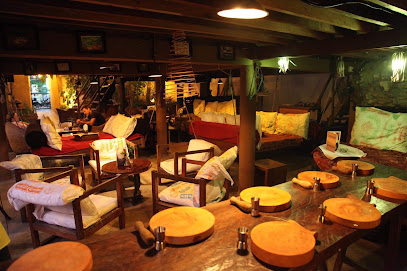
The Angkor What? Bar
9.6 km
Discover the vibrant nightlife at The Angkor What? Bar in Siem Reap, where fun meets affordable drinks and a lively atmosphere.
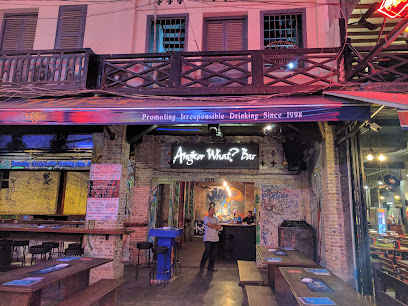
The Funky Courtyard
9.7 km
Experience the thrill of live sports and the vibrant nightlife at The Funky Courtyard, Siem Reap's premier sports bar, perfect for tourists and locals alike.
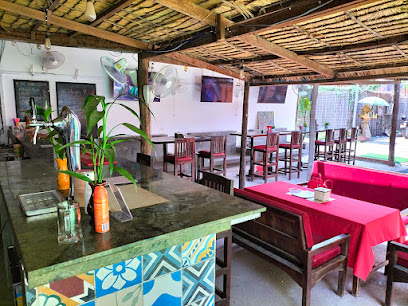
The Lounge Bar
9.7 km
Discover the vibrant nightlife of Krong Siem Reap at The Lounge Bar, where expertly crafted cocktails and a chic ambiance await.
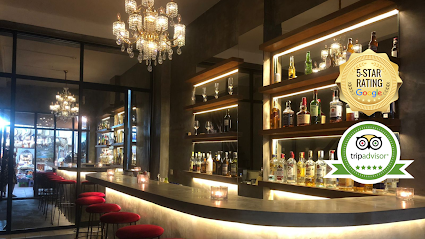
Beatnik Speakeasy
9.7 km
Experience the vibrant nightlife of Siem Reap at Beatnik Speakeasy, a hidden gem offering innovative cocktails and a cozy atmosphere.
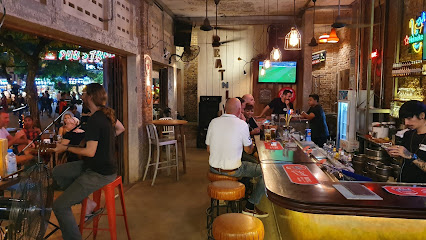
Laundry
9.7 km
Discover Siem Reap's lively music scene at Laundry, where great vibes, affordable drinks, and fantastic live performances come together.
